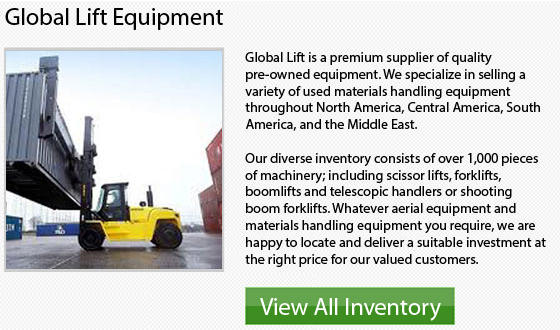
Aerial Work Platforms
The aerial work platform or AWP is a machinery designed and engineered to elevate employees and tools to a particular height for the completion of jobs. The kind of equipment varies with the specific make and unit. Before aerial work platforms were made, all jobs needing work at high levels had to be carried out with scaffolding. Thus, the invention of aerial work platforms has increased the overall productivity of similar jobs and kept numerous workers safe.
The three main types of aerial work platforms are mechanical lifts, scissorlifts and boomlifts. These machines can be operated with pneumatics, mechanically using a rack and pinion system or with screws or by hydraulics. These models may be self-propelled with controls located at the platform, they may be unpowered units which require an external force to move them or be mounted to a vehicle in order to be transported.
The aerial work platform was created by John L. Grove, an American inventor and industrialist. However, during 1966, before the first model of JLG, a company called Selma Manlift introduced an aerial lift model.
During 1967, after selling his previous company Grove Manufacturing, John L. Grove together with his wife decided to take a road trip. They opted to stop at Hoover Dam. While the couple was there, Grove unfortunately witnessed 2 employees electrocuted while they were working on scaffolding. This tragic incident led John Grove to discover an untapped market for a new product which could lift employees safely in the air for them to do construction and maintenance tasks in a better way.
When John returned home from his trip, he purchased a small metal fabrication company and formed a partnership with 2 friends. They soon began designing ideas for the aerial work platform. The new business was called JLG Industries Inc. They proudly released their first aerial work platform in the year 1920 with the aid of 20 workers.